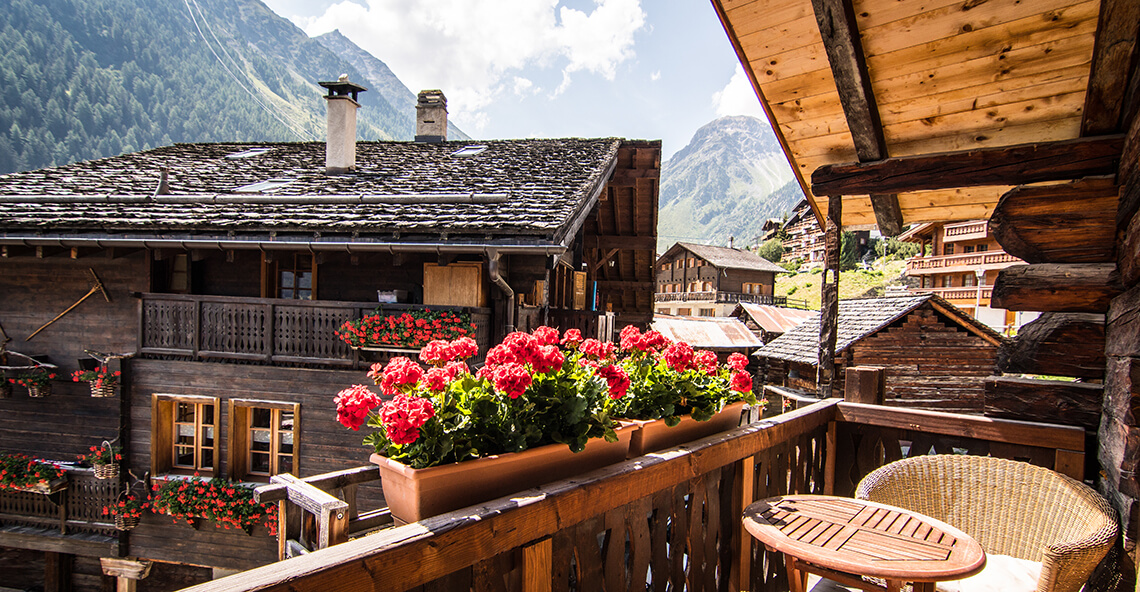
Discover: Oktoberfest

Food, drink, friends, and fun: in Munich, the last days of September means ringing in October with beer steins raised high at the world-famous Oktoberfest—back after two years of pandemic hiatus. Discover the both the unique magic of Munich’s version, and how you can make your own.
Munich: it’s also known as the world’s largest village. Standing on a high hilltop at the center of the Olympic Park—a massive, verdant complex built for the ’72 Olympics—you can see how the Bavarian capital lives up to its nickname. Low-slung red tile roofs sprawl in all directions, interspersed with frequent and dense patches of foliage; gentle hills and valleys appear miraculously green amidst all the development. Only when you spy the nearby BMW headquarters, or when your eyes drift to the city-limits, does 21st century industry come back into view.
Down on street-level, Munich’s village-like atmosphere is all the more apparent. Apart from the occasional neoclassical opera house or gothic cathedral, the buildings tend towards the ground, fronted by light-colored stucco facades and unassuming terraces. The people are friendly, and the relaxed habits reminiscent of village-life are everywhere: from traditional butcher shops to brewhouses to cafes, it seems easy for folks to cycle through their usual stops, chatting with old friends and lingering carefree over coffee-and-cake (kaffee und kuchen) or beers (depending on the hour, or the mood). All in all, things seem quiet—that is, until this time of year.

The Theresienwiese Oktoberfest
As September rolls over into October, Munich converts itself from this sleepy Bavarian town into the tourist-attracting center of the region’s world-famous harvest celebration. I’m talking, of course, about Oktoberfest. The annual festival was inaugurated back in the days when the Bavarian Crown ruled the land, and has continued through most of the following two-hundred-odd years.
Today, organizers attempt to integrate the tradition that the festival is meant to celebrate with the massive global popularity that comes with a fortnight of beer-centric partying. And make no mistake, Munich’s Oktoberfest is massively popular: recent years have reliably seen over six-million visitors enter the Theresienwiese fairgrounds.

Despite the scale, the small details that define the celebration have not been forgotten. Traditional outfits—think high-legged Lederhosen and corseted Drindls—are still worn by Bavarians young and old, as well as many visitors. The beer tent/halls are arranged with large communal tables, such that music and games can flow easily from one end to the other; folk dances and musical performances are generously sprinkled throughout the days of the festival. Of course, attendees will also find themselves generously sprinkled with thousands upon thousands of liters of precious amber liquid: the famous Oktoberfest beers, brewed to the specifications of the ancient German beer law (reinheitsgebot) by Munich breweries. To maximize the Bavarian flavors (as well as the longevity of the drinkers), visitors are equally well-supplied with all manner of traditional foods (of which classics like pretzels, sausages, krauts, schnitzels and dumplings are only the beginning).

Oktoberfest Around the World
It’s important to remember, however, that Munich’s is not the only autumn festival around. Right now, volksfeste (literally, folk fests) are being held in villages across Germany, carrying on their own unique traditions, in unique dialects. Although it goes against our stereotype, beer isn’t even an essential ingredient of all these festivals: Bad Dürkheim’s fest is in fact the world’s largest wine festival, drawing over half-a-million people to worship at the altar of the Giant Cask—which is naturally the world’s largest wine barrel.
And, of course, we cannot disregard the German diaspora spread out across the world: today folks in across from all the populated continents can find locally organized Oktoberfest celebrations.
Oktoberfest at Home?
If you find yourself longing for a communal way to toast the end of summer and ring in the harvest season, you might look up your nearest Oktoberfest—or, if that’s not possible, make one yourself!
Most self-respecting breweries produce seasonal ales in the malty, slightly sweet Oktoberfest style, and with a bit of time in the kitchen you can approximate a Bavarian-style pretzel and perhaps even fry up some würstl. Toss some apple sauerkraut on the side and perhaps a classic sweet mustard, and you’ll quickly have a beer-food pairing made in heaven.
The most important ingredient for any proper Oktoberfest, though, is the people. Whether it’s with six million of your closest friends in Munich or six of them in your living room, the fest provides a way to enjoy good company and celebrate all the gifts and memories that the foregoing summer delivered.









































